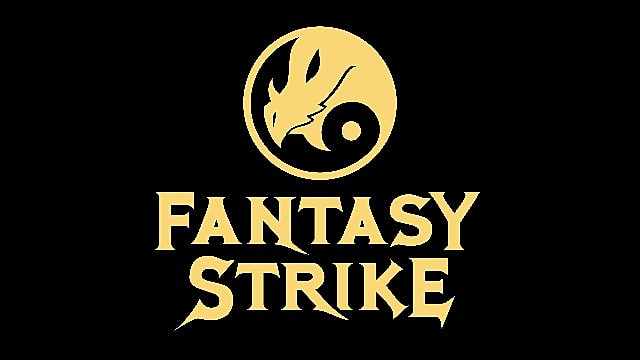

When people think of the fighting game genre, they tend to equate "skill" with "insane combos." Street Fighter and Mortal Kombat are the two main culprits, but check out any fighting game tournament on Twitch and you'll probably see massive combo strings featuring insane timing and superhuman dexterity on most games.
Fantasy Strike looks to do something a bit different with the genre.
Made by a former Street Fighter developer, the game is designed to be totally accessible: there are only a few buttons, no special move inputs, and no 30-second combo strings. At the same time, it is designed to be difficult to master and hopes to support an esports community.
Eager Students
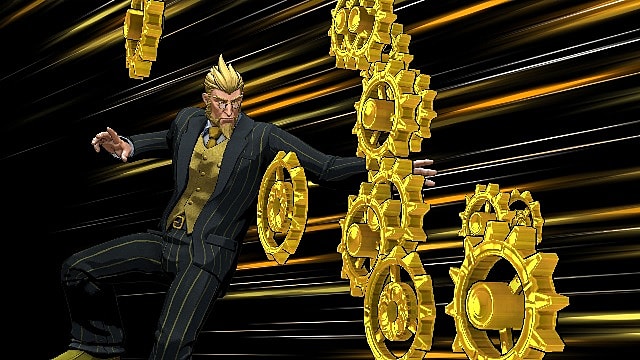
If you've ever sat down and tried to explain a fighting game to someone who has never played one or doesn't know much about the genre, they probably got lost very quickly. Every fighter has totally different controls, and many systems in the game are essential but impossible to fathom without experience. Fantasy Strike looks to upend that idea by distilling the fighting genre down to its basic elements.
There are three attack buttons: a normal strike and two special moves. By holding forward or backward, you can change the properties of your moves. There is no dashing. There is no ducking. There no dexterity-testing combos. It takes about 10 seconds to learn the basics of Fantasy Strike and jump into a fight.
In no small words is the accessibility of Fantasy Strike crazy; after just a few rounds with a character, you'll start to discover your favorite moves and strategies. You'll start to build upon them and learn the strengths and weaknesses of various characters.
That certainly doesn't mean this is a simple game, however. Fantasy Strike possesses a lot of similarities to games like Divekick (albeit without all the inside jokes). It might seem like there isn't much to it, but there's much more than meets the eye.
Mastermind
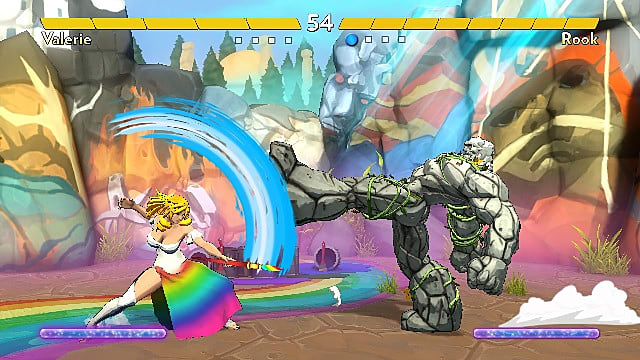
As you gain experience, you'll also start to put together just how much complexity exists inside the basic systems of Fantasy Strike. Frame traps, cross-ups, mixups, all the hallmarks of high-level play exist inside this simplified setup. It has the rock, paper, scissors format of zoning, rushdown, and grappling. Even the throw counter is simplified if risky; rather than hitting your own throw button to counter the opponents, you have to stand still and hit nothing on your controller.
Think of the risk there: in order to counter your opponent, you have to do absolutely nothing. If they throw out an attack, you're going to get hit. If you successfully counter the throw, you deal a bit of damage and you fill up your super attack meter. In a game where some characters can only take a few hits before getting knocked out, that's a massive momentum swing.
Yes, super attacks and throws make it sound like Fantasy Strike is getting more complex, but both are activated by pushing two buttons together (or just making a keybind for it). Again, no one will need to pause the game and study a move list just to make a new character work.
Open Palm Technique
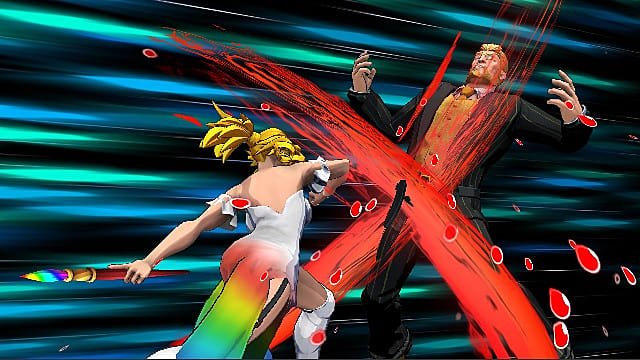
Fantasy Strike has some well-designed systems and a nice learning curve, but there are a few major questions about its target audience. The issue with a game like this is that it might be a little too simple for its own good. After putting several hours into it, it's tough to see if it could maintain its momentum once it gets "figured out."
There are only about a dozen fighters, and only a few different ways to play. As fighting games tend to live or die in their online competitive scene, it doesn't seem like much of a stretch to imagine Fantasy Strike petering out after a few months, as a dwindling player base and lack of options cause people to walk away to bigger, flashier things.
I'm not convinced that the game can truly support a diverse competitive scene, as the systems are a bit too simple and the options a bit too limited.
Because of the small number of options, some fights are totally lopsided. A few of the characters only have five bars of health (rather than a nebulous "health bar," like most fighting games, Fantasy Strike characters show very clearly how many hits they can survive), and some attacks take away multiple life points. There have been a few fights that end in as little as two moves! That can be disheartening, and you never know if games with a small development team will have the amount of post-launch support they need to thrive.
It doesn't help that the character designs are, for the most part, very bland. Even the more bizarre options (a gambling panda and a man with a ghost who trails behind him) are fairly run of the mill beyond their basic appearance, and many of the characters read like carbon copies of other famous fighters.
To The Death
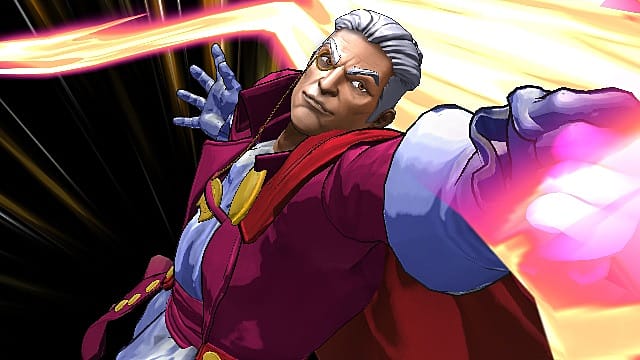
That said, it seems that Fantasy Strike could have a niche audience for a few specific reasons. For one, its deliberate gameplay makes it ideal for in-person gaming, such as couch competitions or live tournaments. Fighting games are the perfect style for hype, and Fantasy Strike has plenty of room for trash talking and mind games along the way.
Fantasy Strike also has a unique method of ranked play that encourages players to learn several fighters, rather than just specializing in one. In ranked matches, players pick three fighters. The game then randomizes matches, where one player's "A" fighter will square off with another player's "C" fighter. This isn't revolutionary, but the way you win the entire match is as players will continue squaring off until a single player has won with all three of their fighters.
That means you might have to fight multiple times as the same character. You could win the first two matches as your "A" fighter and "B" fighter, then have to battle three times in a row if your "C" fighter is a weak link. It encourages you to learn every fighter's strength and weakness and pick a team that is balanced in order to give you the best chance to win.
Now, I am the Master
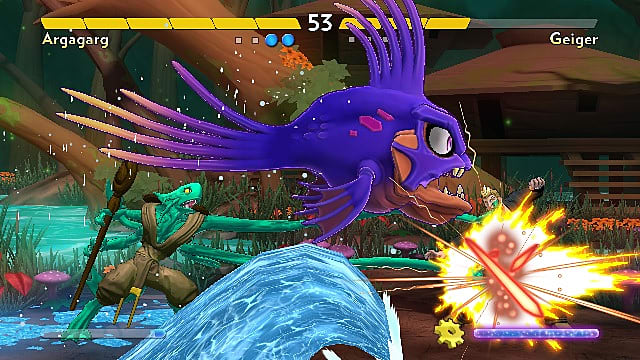
Pros:
- Easy to learn, difficult to master
- Ranked matches encourage diversification
- Good online coding provides for lag-free matches
Cons:
- Perhaps a bit too simple
- Generic character designs
- Not enough options
Is Fantasy Strike going to topple the heaviest hitters in the fighting game genre? Probably not. Does it have some niche appeal? Absolutely.
Fantasy Strike is a really well-designed game that could serve well for certain audiences who don't want the combo memorization needed to compete in other fighters.
It would be great to see a game like Fantasy Strike take off. It could be unbelievably hype to see a fighter like this on the stage at EVO.
However, it seems unlikely. There just doesn't seem like there's enough substance to Fantasy Strike to give a competitive scene the room it needs to grow. It's a good way to teach the basics of the fighting game genre, and a good way to introduce some of the more complex systems that underlie most games like it, but it seems to ultimately lack that lasting appeal.
[Note: A copy of Fantasy Strike was provided by Sirlin Games for the purpose of this review.]
0 comments:
Post a Comment